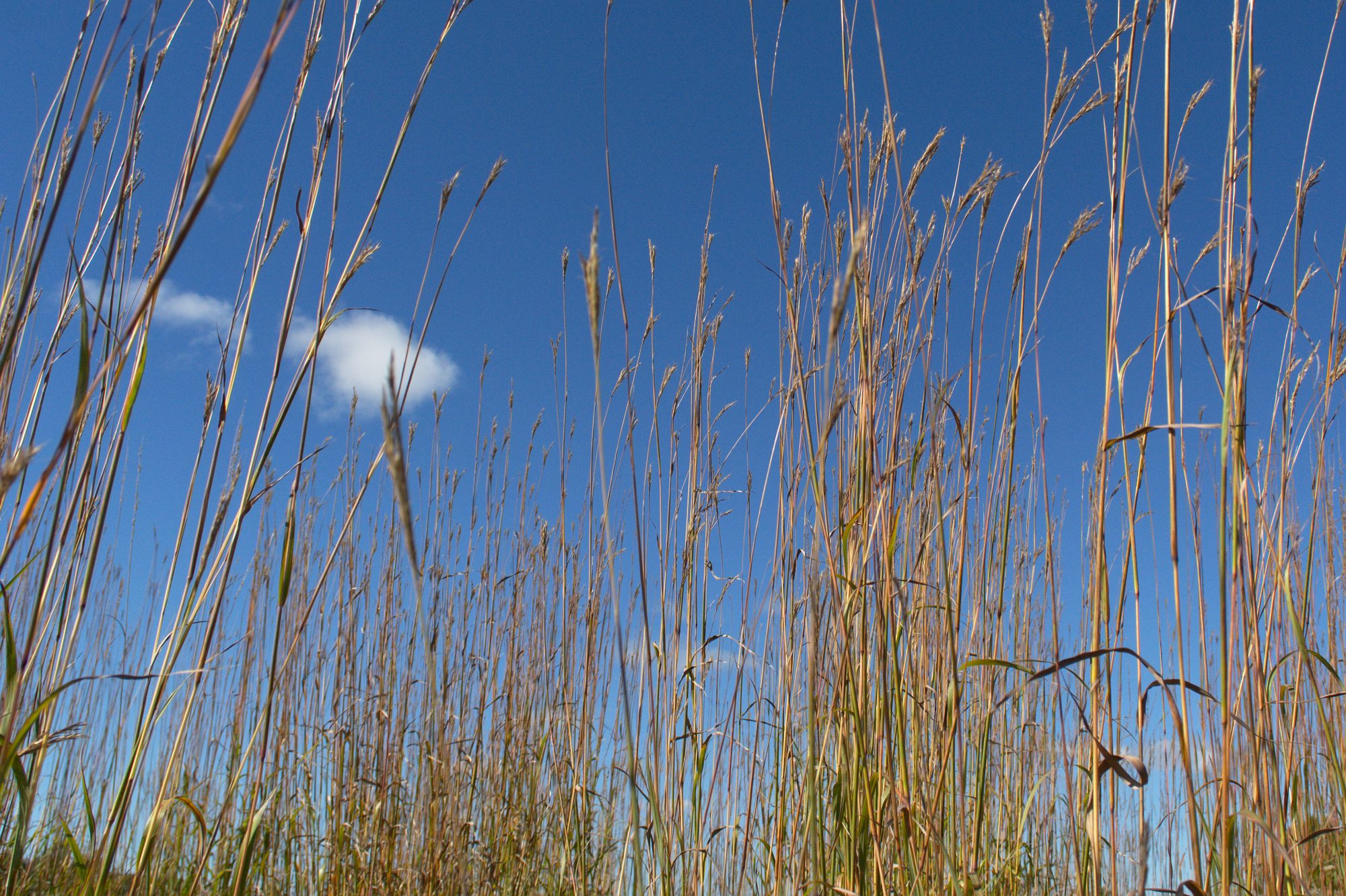History
To understand why the Rice Lake Plains area is so significant, not only at the local level, but at a truly global level, one must reflect back on the ecological history of this area. The ecosystems we have here today are a product of the last glacial movement that occurred 13,000 years ago. As the climate warmed and the glaciers retreated, the ice divided into two lobes, forming a distinct crack. It was in this crack that giant accumulations of till, stratified silt, sand and gravel were deposited, creating a contiguous ridge of 160 km from the Niagara Escarpment to the southern shores of Rice Lake. This ridge is known as the Oak Ridges Moraine (ORM) and is recognized as a provincially significant physiographic feature, up to 200 meters thick and 300 meters above Lake Ontario; providing clean groundwater for over 60 streams and rivers, which in turn is used by more than 200, 000 people.
The ORM is one of the last contiguous corridors of greenspace left in southern Ontario and is approximately 30% forested today. But due to the sandy soil characteristic it has also been an excellent environment for tall grass prairie and savanna communities. It is a myth that Ontario’s wilderness is all about trees. While it is true that Ontario’s ecology is primarily dominated by forests, historical accounts from early settlers tell the story of tall grass prairie and black oak savanna, which are particularly characteristic of the Rice Lake Plains area of Northumberland County, an area located on the eastern boundary of the ORM. Records from early botanical explorations and land surveyors have documented the range of prairie and savanna.
One pioneer in particular, Catharine Parr Trail, a noted Canadian botanist and writer, lived in and wrote extensively about the Rice Lake Plains. Her love of this area we call home is evident in her many writings and she was in awe of its natural beauty.
Rice Lake Plains’ Unique Communities and Species
To understand the global significance of the ecosystems found in the Rice Lake Plains, we will first explain a little bit about global ranking. Ranks are assigned to species and ecological communities to help identify and direct conservation priorities. Ranks are evaluated and assigned at Global (assigned by consensus of Conservation Data Centers across the globe), National (consensus from Conservation Data Centers and “NatureServe”) and Provincial (MNR’s Natural Heritage Information Center, S Ranks) levels. All ranks are assigned within similar criteria such as total number known, sites world-wide, degree to which species or community is threatened, level of protection (if any), size of populations, etc. The Global ranking system assigns the following designation: G1 = extremely rare, G2 = very rare, G3 = rare to uncommon. Provincial ranking systems are S1 = critically imperiled, S2 = imperiled, S3 = vulnerable, S4 = apparently secure, S5 = secure.
In the Rice Lake Plains, there are some significant high-quality black oak savanna and tall grass prairie remnants. Savannas are generally defined as 25-35% tree cover and tall grass prairie as less than 25% tree cover. Black oak savannas are globally imperiled and have a G2 ranking order; provincially they are ranked as S1. Therefore, both of these communities are considered to be among the most significant ecological communities in North America and in fact globally rare, some say even more so than the rainforests. As a result, many of the floral and faunal species which depend on these communities for their survival are considered rare or endangered.
In the Rice Lake Plains, the Alderville Black Oak Savanna represents the largest and most significant remnant of this community; it is complimented by smaller fragments found in Peter’s Woods/Burnley-Carmel, the Northumberland Forest and other nearby Nature Conservancy of Canada lands and Ganaraska and Lower Trent CA lands. Floral species found in these remnant pockets include Butterfly weed, Tall Cinquefoil, Big Bluestem Grass, Little Bluestem Grass, Indian Grass, Sand Cherry, Black Oak and Wild Lupine. Faunal species like the Eastern hog-nosed Snake (provincially threatened), red shouldered hawk, grasshopper sparrow, black swallow tail butterfly and ghost tiger beetle are also inhabitants of these communities.
The key to maintaining a sustainable community is to have connections among natural areas to keep fragments from becoming small and disconnected islands. This approach is identified in the Ontario’s Biodiversity Strategy, Protecting What Sustains Us: “All species and populations in isolation accomplish little. It's only when they are linked that things begin to happen and ecosystems begin to work.” The RLPJI is one wonderful example of inter agency partnerships working to achieve that!
Mia Frankl
Forestry Management Officer
Northumberland County

